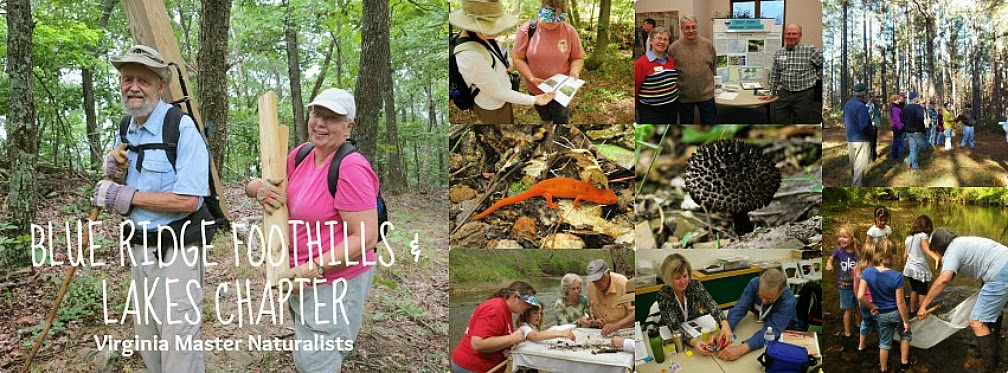The Virginia Department of Forestry needs your help to continue producing quality seedlings for Virginia landowners. Virginia-grown seed generally produces trees that will grow well in our state. Every year, homeowners from all over the state donate acorns and other seed to help us produce the next season’s crop. Seed collection is a great activity for children and adults! It also allows individuals to learn more about Virginia trees. Every year, homeowners spend countless hours raking up acorns and wonder what to do with them. We have the answer... donate your acorns to the Virginia Department of Forestry!
The species shown below should be easy to find around your yard or other urban areas and are easy to collect.
- Pin Oak
- White Oak
- Northern Red Oak
- Willow Oak
- Chestnut Oak
- Black Oak
- Sawtooth Oak
- Hazelnut
- Alleghany Chinkapin
- Black Walnut
- Chinese Chestnut
For additional information to assist in identifying acorns or seeds, read acorn and seed descriptions.
The best time for seed collection is during the months of September and October in most areas of the state. You should try to stay away from trees in the forest where leaves, limbs and forest litter make it very difficult to collect. Locate open-grown trees that are heavily loaded with acorns or seeds that are in large open areas, such as adjacent to schools, churches or parking lots. Oftentimes, it is hard to identify where the seed came from if there are many different species of trees nearby. Look for healthy trees; avoid trees that have bulges or insect infestation, or appear diseased or strangely deformed.
Once good acorns and seeds have begun to fall, use leaf rakes or blowers to make collection easier. Simply rake or blow the acorns into a pile and then pick them up and place in a bucket prior to dumping into collection bags so you can remove any damaged seeds, sticks, leaves, rocks, debris or other trash.
Acorns turn from green to various shades of brown as they mature. Generally, acorns are mature when they naturally start to fall from the tree, or fall when the tree limbs are shaken. The caps of mature acorns will come off. Very green acorns that fall from the tree early should not be collected.
Guidelines for Collecting
If you would like to participate in seed collection, please use the following guidelines.
- Make sure the tree is correctly identified.
- Try to keep as much trash (sticks, leaves, gravel, etc.) out as possible.
- It doesn’t matter if acorns still have the caps on them or not.
- Place the seed in a breathable sack or bag, such as a burlap or paper bag. (No Plastic Bags, Please!)
- One type of seed should not be mixed with another. (For example: white oak acorns should be in one bag and red oak acorns should be in another.)
- Make sure each bag of seed is labeled with the species, source location and date. If you are uncertain of the species, include one leaf and stem in the bag to help the nursery staff identify the seed.
- Once the seed is collected, place in a cool area. Seed will spoil if it is overheated. Do not allow seed to dry out for an extended period (more than 10 days or so).
- Bring the seed to your local forestry office or the Augusta Forestry Center within seven to 10 days.
Augusta Forestry Center
90 Forestry Center Lane, Crimora, VA 24431
If necessary, collected seeds can be stored in the refrigerator. Do not freeze the seeds. To preserve viability, store acorns in bags that inhibit drying but also allow air to flow to prevent heat buildup.
If there are any questions or if you have a tree that needs to be identified, please contact your local forester. Above information from the DOF website here
BRFAL Chapter of Virginia Master Naturalist wants you to get outside, explore and learn something new today. Get involved in something cool, learn more about the Virginia Master Naturalist program here!
BRFAL Chapter of Virginia Master Naturalist wants you to get outside, explore and learn something new today. Get involved in something cool, learn more about the Virginia Master Naturalist program here!


No comments:
Post a Comment
Thanks for your comment and interest! NOW GO OUTSIDE!